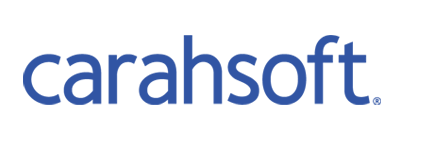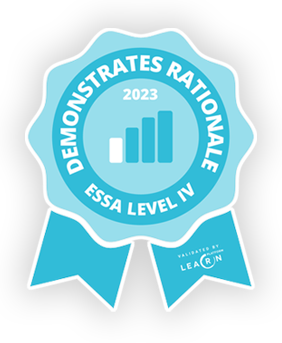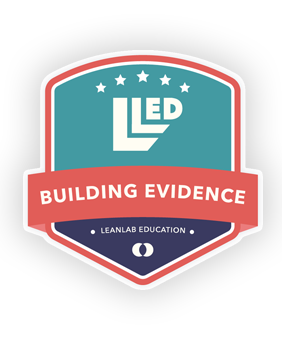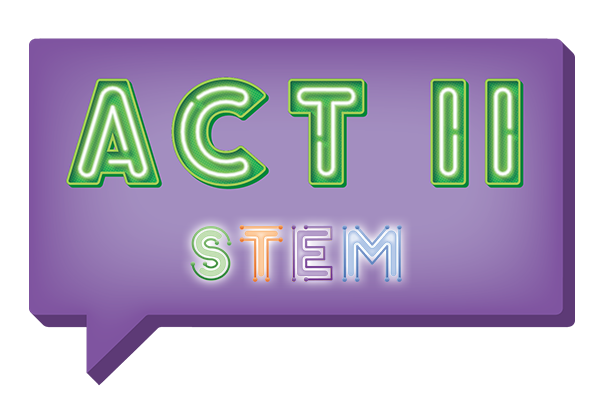
Act II STEM
Grades: 3-5
Topic: Science, Technology,
Engineering and Math
Livestream Learning Studio is
a live, award-winning, yearlong
school subscription service that
delivers virtual education through
the thrill of the creative arts.
Our Act II program teaches grades 3-5 all about STEM subjects and industries. With daily virtual theatre programs and supplemental curriculum, the Studio delivers dynamic e-learning experiences that align with state and national education standards.
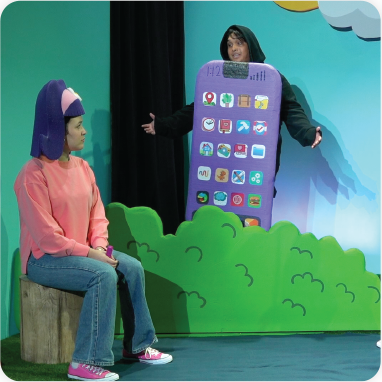
322 virtual live experiences throughout the school year, all accessible through our event portal
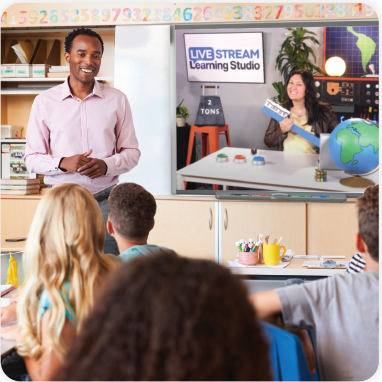
RESOURCES
Professional development and lesson plans for educators included
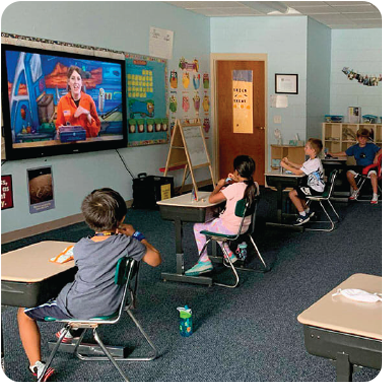
INTERACTION
Live hosts who provide interactive learning and classroom activities

OF USE
No additional tech or IT involvement needed!
We imagined it, then we built it.
In 2020, as COVID intensified, we imagined a classroom that could schedule multiple live, virtual theatrical events available every week, all year long. These live events would apply drama-based pedagogy to academic subjects by providing engaging instruction to students using interactive online-event technology.
It took us two years, but we invented, tested and refined this new approach we call Livestream Learning Studio, which is pioneering the virtual live experience in the classroom.
This new approach to “technology as a resource” comes from the minds behind The National Theatre for Children. NTC has been delivering live, in-school, drama-based academic enrichment for over 40 years, reaching over 25 million students in 60,000 schools. Livestream Learning Studio has embraced NTC’s adaptive approach to ensure that students continue learning no matter the format or technology.
We offer 322 live events throughout the year! Take a look at our 2023-24 STEM-themed programs:
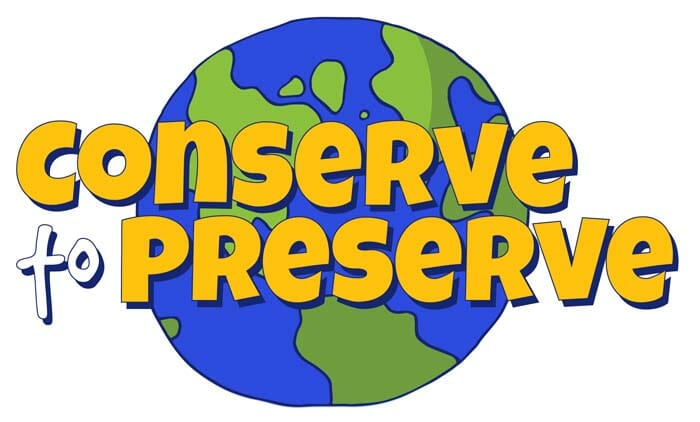
- How conservation affects the environment
- Benefits of composting and biodegradables
- Ways you can conserve resources
- How reducing and reusing everyday items can help the environment
Next Generation Science Standards
4-ESS3-1: Earth and Human Activity
Obtain and combine information to describe that energy and fuels are derived from natural resources and their uses affect the environment.
ESS3.A: Natural Resources
Energy and fuels that humans use are derived from natural sources, and their use affects the environment in multiple ways. Some resources are renewable over time, and others are not.
5-ESS3-1: Earth and Human Activity
Individual communities use science to protect the Earth’s resources and environment.
5-ESS2-2: Earth’s Systems
Describe and graph the amounts of salt water and fresh water in various reservoirs to provide evidence about the distribution of water on Earth.
ESS2.C: The Roles of Water in Earth’s Surface Processes
Nearly all of Earth’s available water is in the ocean. Most fresh water is in glaciers or underground; only a tiny fraction is in streams, lakes, wetlands and the atmosphere.
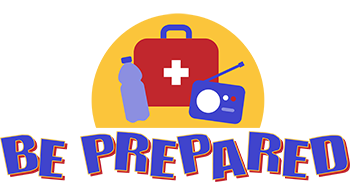
- Identifying local and national emergencies
- How to stay safe in an emergency
- Who to seek for help in an emergency
- How to create a family emergency plan
National Health Education Standards (NHES)
NHES.7: Demonstrate the ability to practice health-enhancing behaviors and avoid or reduce health risks.
Next Generation Science Standards
3-ESS3-1: Earth and Human Activity
Make a claim about the merit of a design solution that reduces the impacts of a weather-related hazard.
4-ESS3-2: Earth and Human Activity
Generate and compare multiple solutions to reduce the impacts of natural Earth processes on humans.
ESS3.B: Natural Hazards
A variety of hazards result from natural processes (e.g., earthquakes, tsunamis, volcanic eruptions). Humans cannot eliminate the hazards but can take steps to reduce their impacts.
CDC Educational Health Standards
5. Demonstrate the ability to use decision-making skills to enhance health.
5.5.1 Identify health-related situations that might require a thoughtful decision.
5.5.2 Analyze when assistance is needed in making a health-related decision.
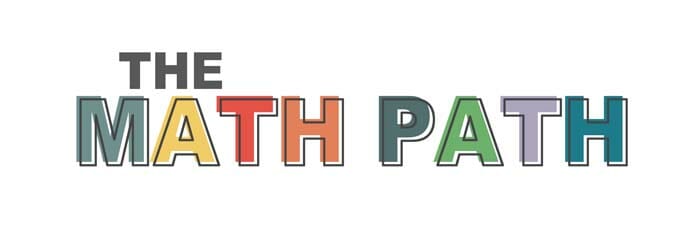
- The history of math
- Why the math you learn today will help you later
- Careers that require math skills
- The unexpected uses of math
Common Core Math Standards Grades 3-5
1. Make sense of problems and persevere in solving them.
2. Reason abstractly and quantitatively.
3. Construct viable arguments and critique the reasoning of others.
4. Model with mathematics.
5. Use appropriate tools strategically.
6. Attend to precision.
7. Look for and make use of structure.
8. Look for and express regularity in repeated reasoning.

- How to use math to create a budget
- Using math to determine a savings plan for you
- How math helps you set financial goals
National Standards for Financial Literacy – Jump$tart Coalition
Earning Income 4-3a. Explain why employers pay people for their labor.
Earning Income 4-3b. Describe the difference between wages, salaries, commissions and tips.
Earning Income 4-3c. Compare how the following individuals are typically paid: food server, teacher and realtor.
Earning Income 4-6a. Explain the possible reasons for gifting money to others.
Earning Income 4-6b. Discuss the pros and cons of families/caregivers paying their children a weekly allowance.
Earning Income 4-7a. Describe examples of government-provided goods and services that are paid for with taxes.
Earning Income 4-7b. Explain why citizens are required to contribute to the cost of fire protection, police, public libraries and schools.
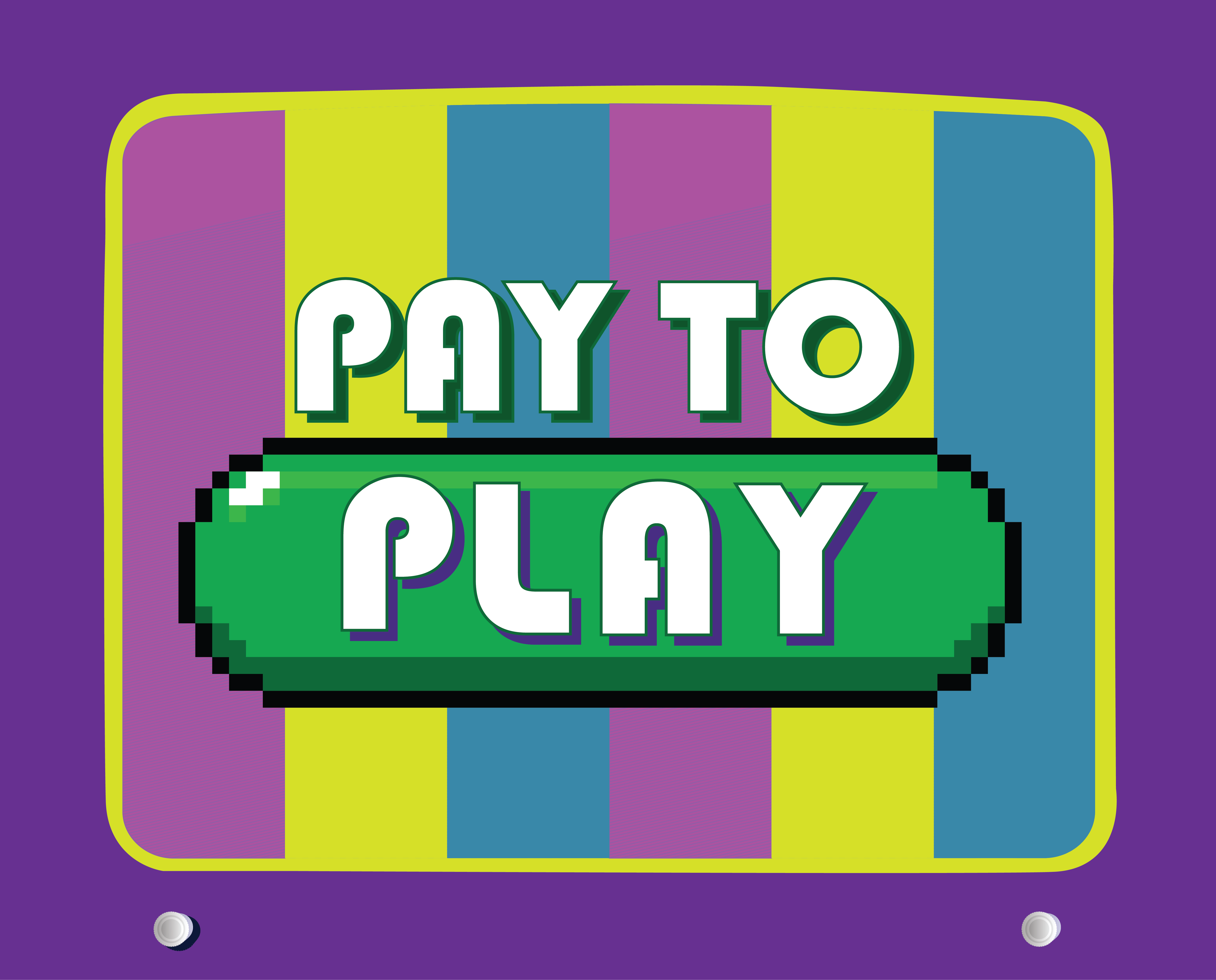
- How math helps you determine credit and debit balances
- Using math to determine interest and payment amounts
- When math is used as a tool to evaluate the pricing of goods and services
National Standards for Financial Literacy – Jump$tart Coalition
Spending 4.6:
1. Payment methods for making purchases include cash, checks, debit cards and credit cards.
Saving 4.5:
1. Financial institutions often pay interest on deposit accounts to attract customers to deposit money in their institution.
Credit 4.1:
1. Interest is the price a borrower pays for using someone else’s money and the income earned by the lender.
Credit 4.2:
1. When a person pays with credit, they have immediate use of purchased goods or services while agreeing to repay the lender in the future with interest.
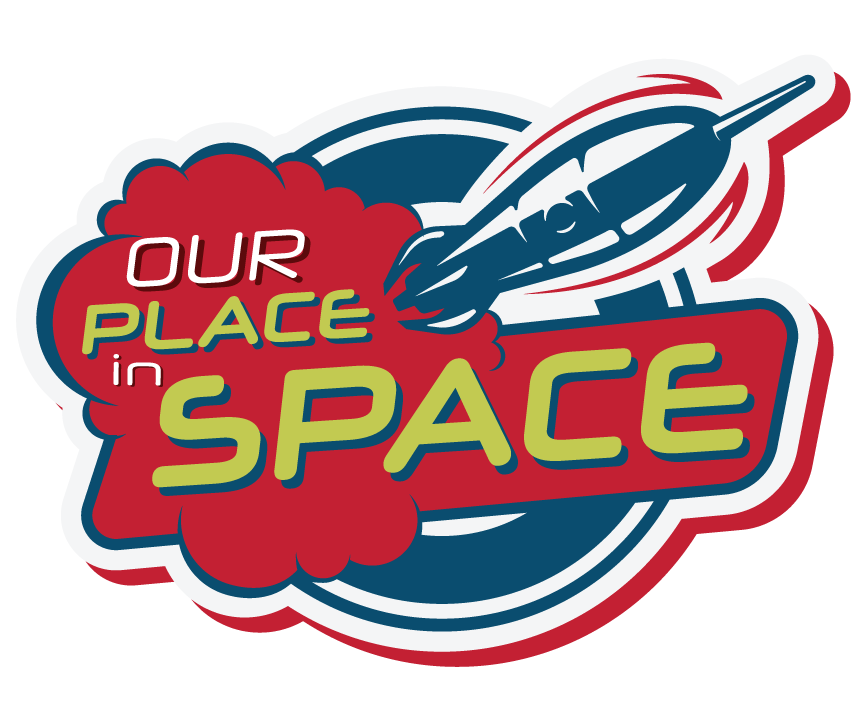
- History of space exploration
- Earth’s place in the universe
- What escape velocity is
- How gravity affects the planets
Next Generation Science Standards
5-ESS1: Earth’s Place in the Universe
Support an argument that differences in the apparent brightness of the sun compared to other stars is due to their relative distances from the Earth.
5-PS2-1: Motion and Stability: Forces and Interactions
Support an argument that the gravitational force exerted by Earth on objects is directed down.

- Protecting yourself online
- How culture, media and technology can influence you
- Enhancing your offscreen life
- Identifying potential internet dangers
National Health Education Standards (NHES)
NHES.2.5.2: Identify the influence of culture on health practices and behaviors.
NHES.2.5.3: Identify how peers can influence healthy and unhealthy behaviors.
NHES.2.5.5: Explain how media influences thoughts, feelings and health behaviors.
NHES.2.5.6: Describe ways that technology can influence personal health.
NHES.5: Demonstrate the ability to use decision-making skills to enhance health.
NHES.5.5.1: Identify health-related situations that might require a thoughtful decision.
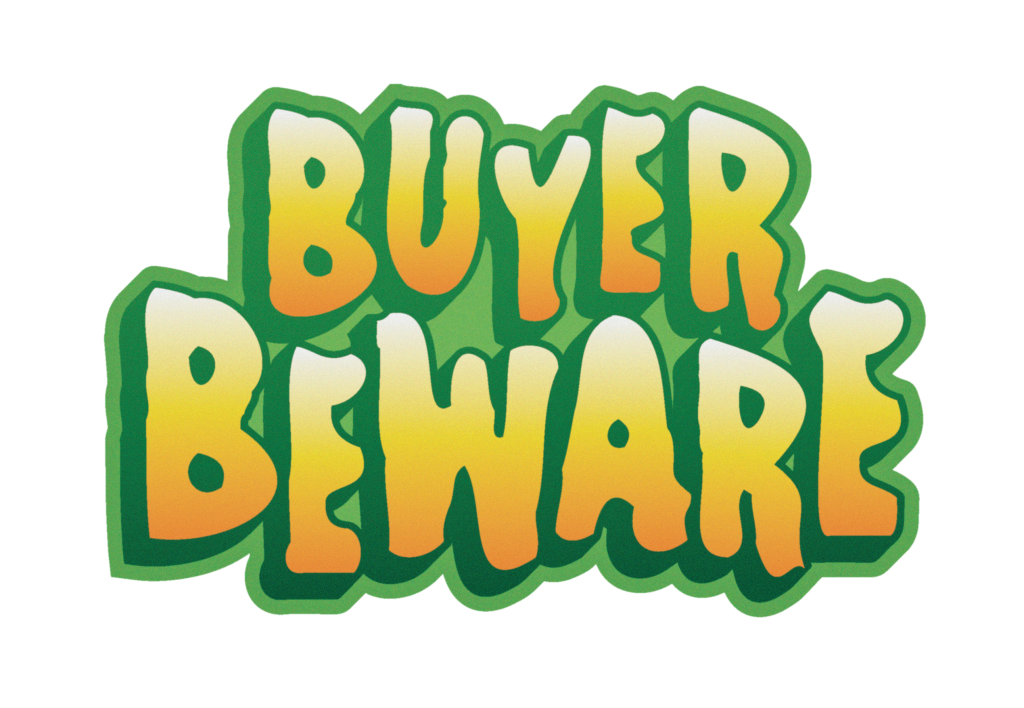
- Different sources of consumer information
- The importance of pre-purchase research
- Comparing prices from different sources
- How role models and peer pressure affect spending
National Standards for Financial Literacy – Jump$tart Coalition
Spending 4.1:
People differ in their preferences, priorities and resources available for consuming goods and services.
Spending 4.4:
Purchasing decisions have costs and benefits that can be different for different people.
Spending 4.5:
Price, spending choices of others, peer pressure and advertising about a product or service can influence purchase decisions.

- Types of math used in engineering
- Building and maintaining our country’s infrastructure
- Careers in engineering
- How roads and bridges are built
Next Generation Science Standards
3-5-ETS1-1 Engineering Design
Define a simple design problem reflecting a need or a want that includes specified criteria for success and constraints on materials, time or cost.
3-5-ETS1-2 Engineering Design
Generate and compare multiple possible solutions to a problem based on how well each is likely to meet the criteria and constraints of the problem.
3-5-ETS1-3 Engineering Design
Plan and carry out fair tests in which variables are controlled and failure points are considered to identify aspects of a model or prototype that can be improved.
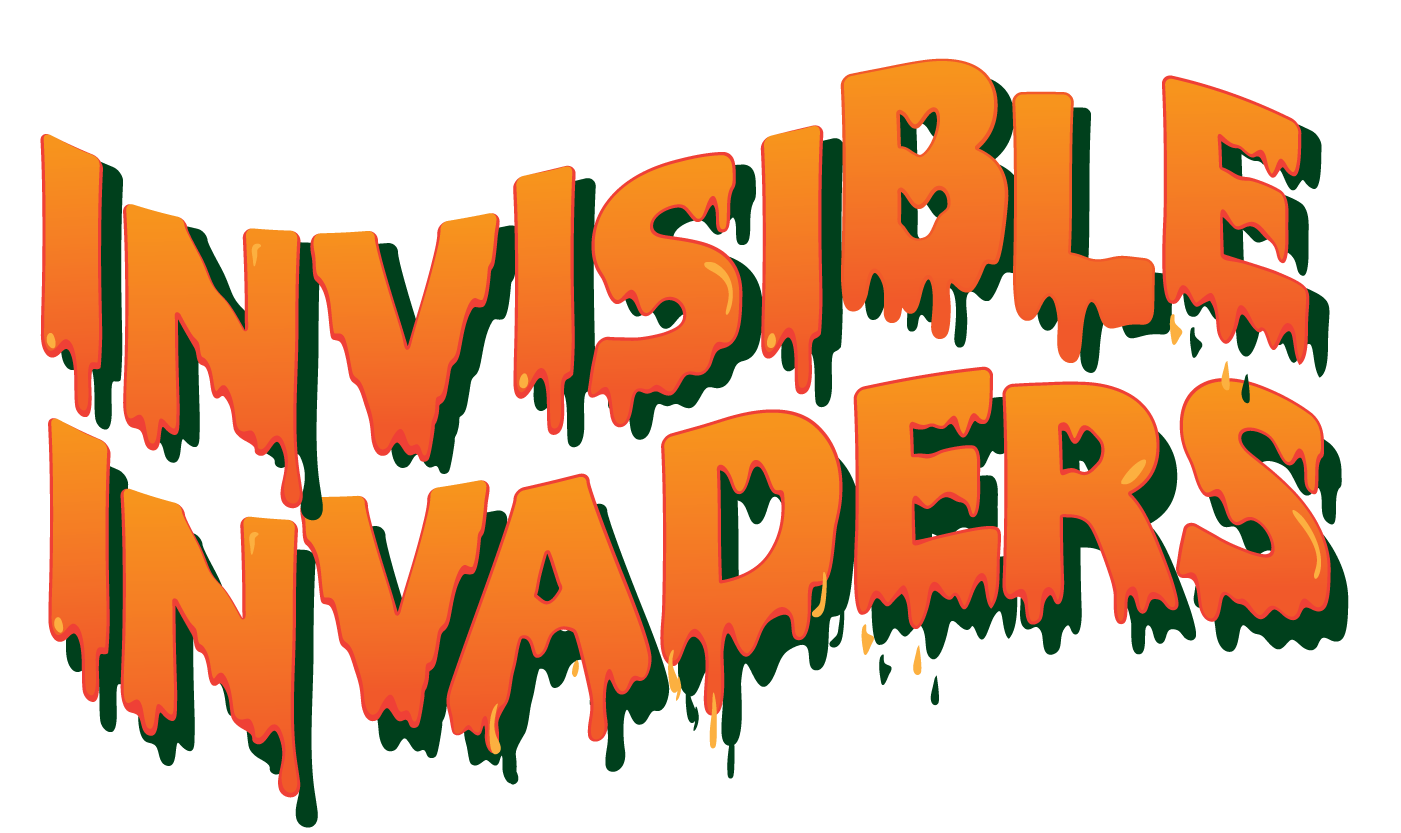
- How your immune system works
- How to prevent infections
- How vaccines and other preventative measures help communities stay healthy
- What germs, bacteria and viruses are
National Health Education Standards (NHES)
NHES.7: Demonstrate the ability to practice health-enhancing behaviors and avoid or reduce health risks.
CDC Educational Health Standards
5. Demonstrate the ability to use decision-making skills to enhance health.
5.5.1 Identify health-related situations that might require a thoughtful decision.
5.5.2 Analyze when assistance is needed in making a health-related decision.

- How to plan and achieve financial goals
- How investing builds wealth for the future
- Loans and potential borrowing problems
- Different options for investing
National Standards for Financial Literacy – Jump$tart Coalition
Investing 4.1a. Explain why people invest their money.
Investing 4.1b. Identify long-term financial goals that are most likely to be achieved by people who regularly invest their money over many years.
Investing 4.2a. Identify the similarities and differences between saving and investing.
Investing 4.2b. Provide examples of financial goals that are suited for saving versus investing.
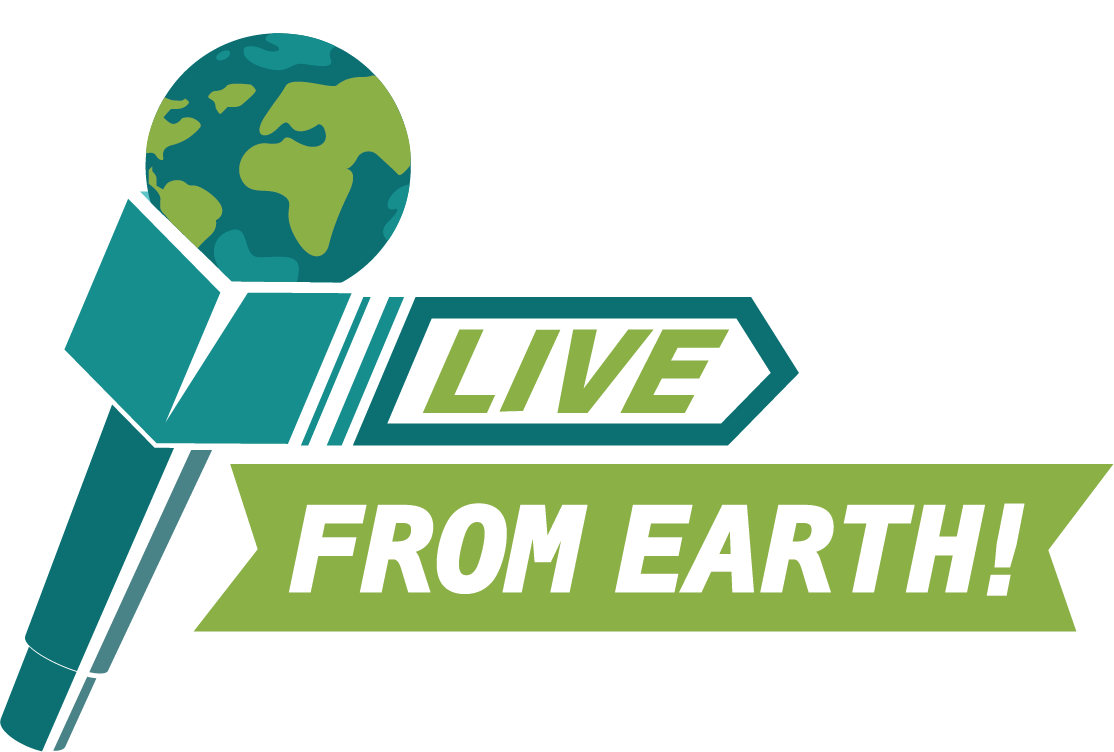
- What is an ecosystem
- Traits are inherited from one generation to the next
- Life cycles of different organisms
- How different ecosystems depend on each other
Next Generation Science Standards
5-LS2-1 Ecosystems: Interactions, Energy, and Dynamics Develop a model to describe the movement of matter among plants, animals, decomposers and the environment.
3-LS1-1 From molecules to Organisms: Structures and Processes Develop models to describe that organisms have unique and diverse life cycles but all have in common birth, growth, reproduction and death.
3-LS1-1 From molecules to Organisms: Structures and Processes Use evidence to support the explanation that traits can be influenced by the environment.
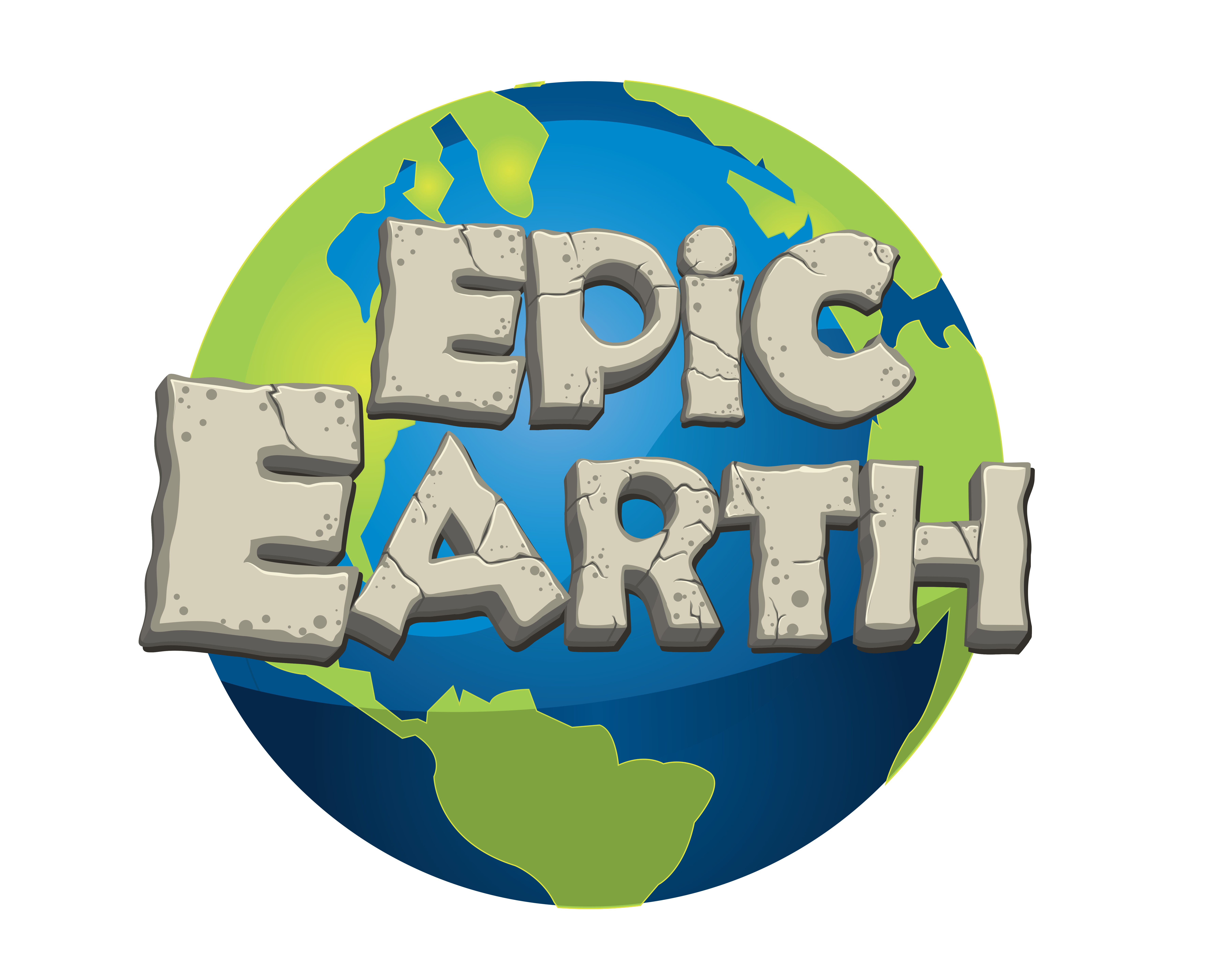
- The major Earth systems
- How the changing climate affects our lives
- The environmental impact of human activity on ecosystems
Next Generation Science Standards
5-ESS2-1 Earth’s Systems
Represent data in tables and graphical displays to describe typical weather conditions expected during a particular season.
3-ESS2-2 Earth’s Systems
Obtain and combine information to describe climates in different regions of the world.
4-ESS3-1: Earth and Human Activity
Obtain and combine information to describe that energy and fuels are derived from natural resources and their uses affect the environment.
5-ESS3-1: Earth and Human Activity
Information about ways individual communities use science ideas to protect the Earth’s resources and environment.
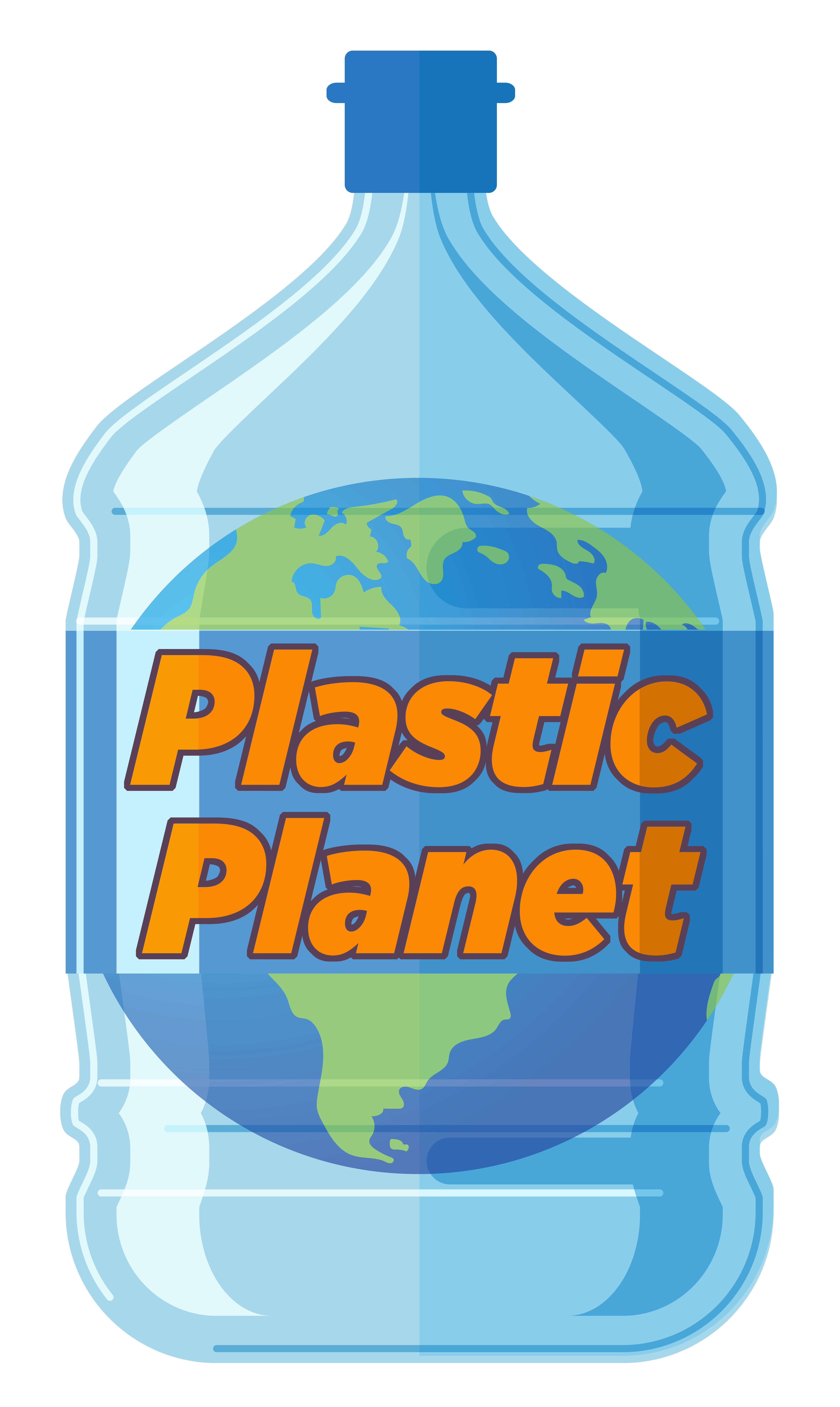
- The science and history of plastics
- How renewable resources and green energy lead to healthier environments
- How recycling works
Next Generation Science Standards
4-ESS3-1: Earth and Human Activity
Obtain and combine information to describe that energy and fuels are derived from natural resources and their uses affect the environment.
ESS3.A: Natural Resources
Energy and fuels that humans use are derived from natural sources, and their use affects the environment in multiple ways. Some resources are renewable over time, and others are not.
5-ESS3-1: Earth and Human Activity
Information about ways individual communities use science ideas to protect the Earth’s resources and environment.
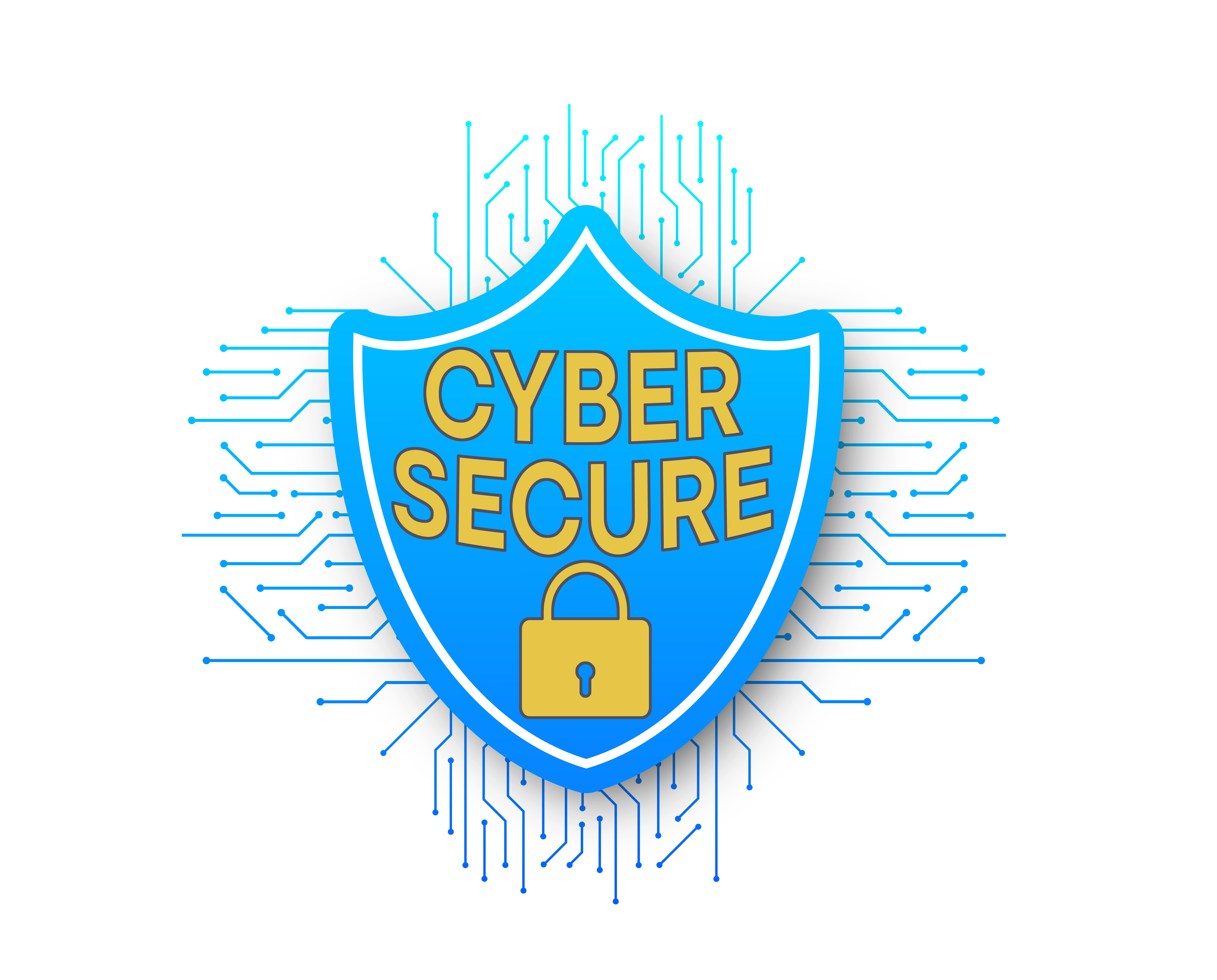
- Using math and technology to make online purchases
- How technology creates new forms of payment
- Controlling your personal information using technology
National Standards for Financial Literacy – Jump$tart Coalition
Spending 4-6a. Explain the similarities between paying for purchases with cash, checks and debit cards.
Managing Risk 4-2a. Recommend ways to reduce or avoid a given risk.
Managing Risk 4-2b. Identify types of risks that are difficult or impossible for people to reduce or avoid.
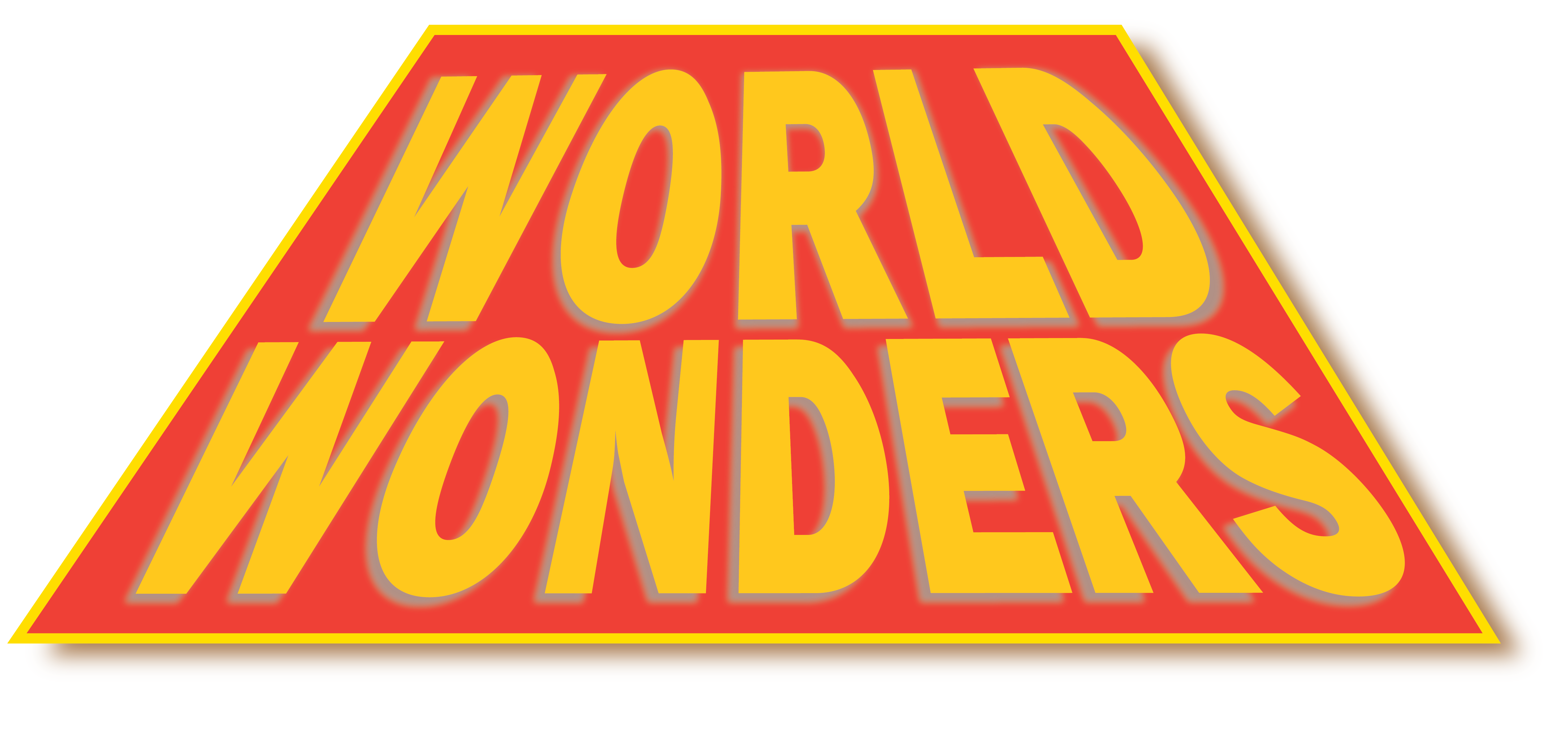
- Engineering of the ancient world
- How math was used in ancient civilizations
- Using math in engineering
Next Generation Science Standards
3-5-ETS1-1 Engineering Design
Define a simple design problem reflecting a need or a want that includes specified criteria for success and constraints on materials, time or cost.
3-5-ETS1-2 Engineering Design
Generate and compare multiple possible solutions to a problem based on how well each is likely to meet the criteria and constraints of the problem.
3-5-ETS1-3 Engineering Design
Plan and carry out fair tests in which variables are controlled and failure points are considered to identify aspects of a model or prototype that can be improved.
Don’t miss out on these super STEM resources – subscribe today!

